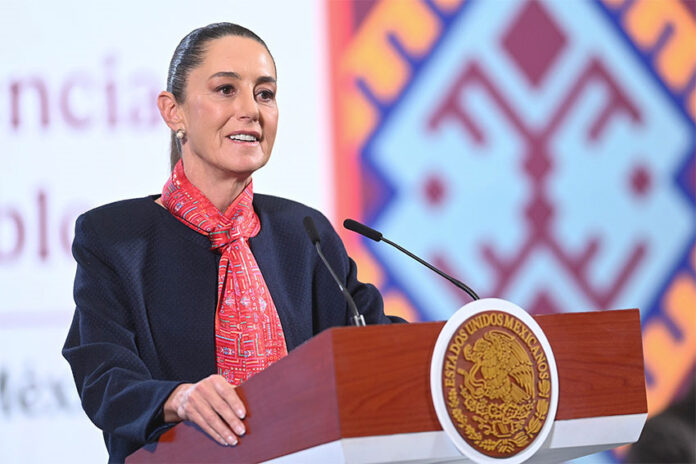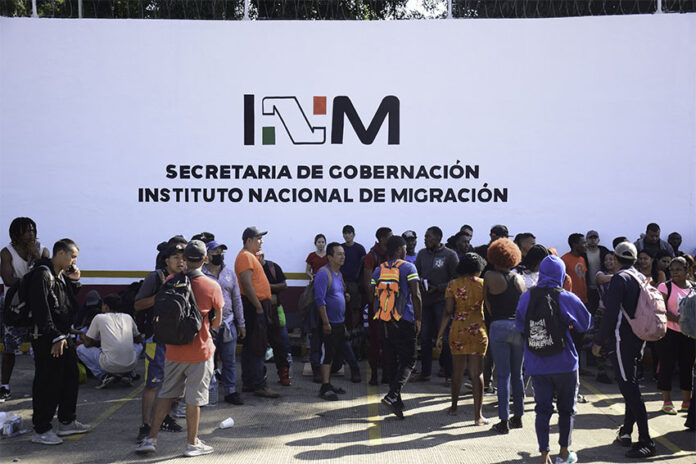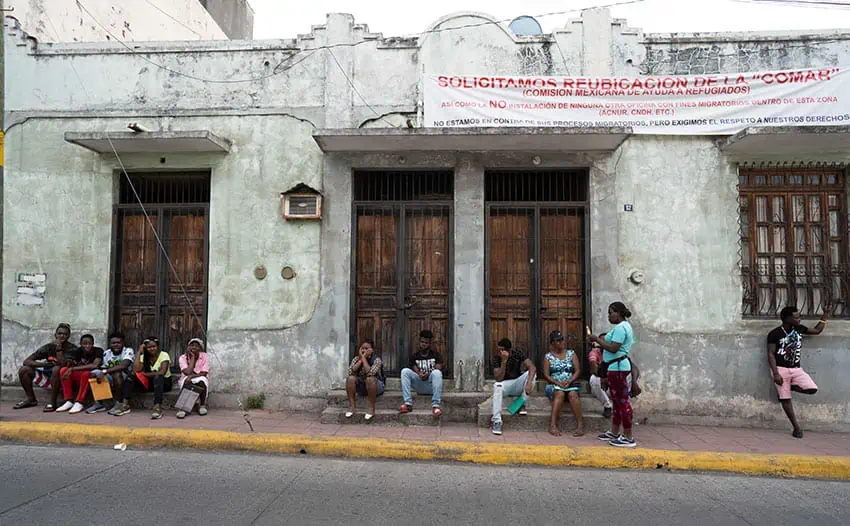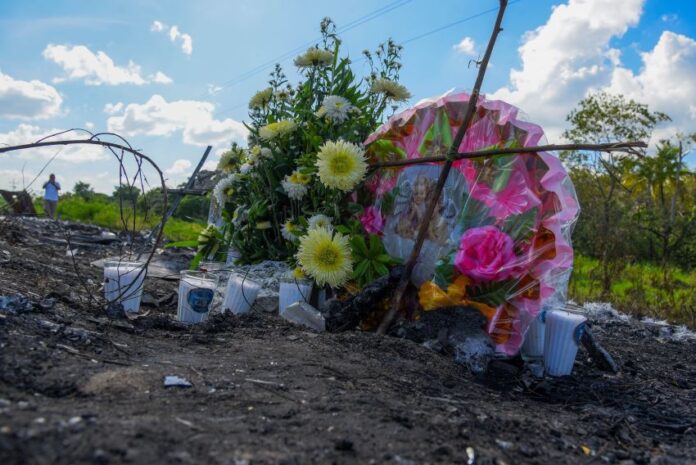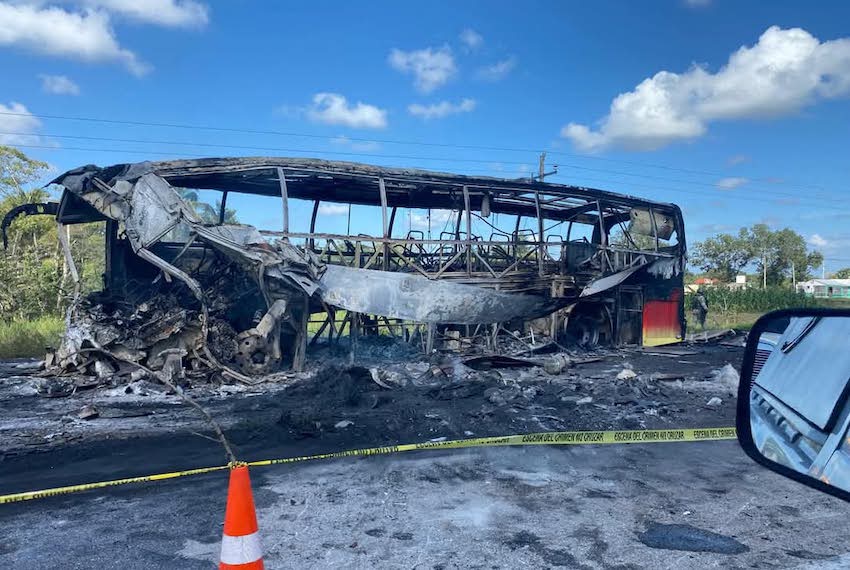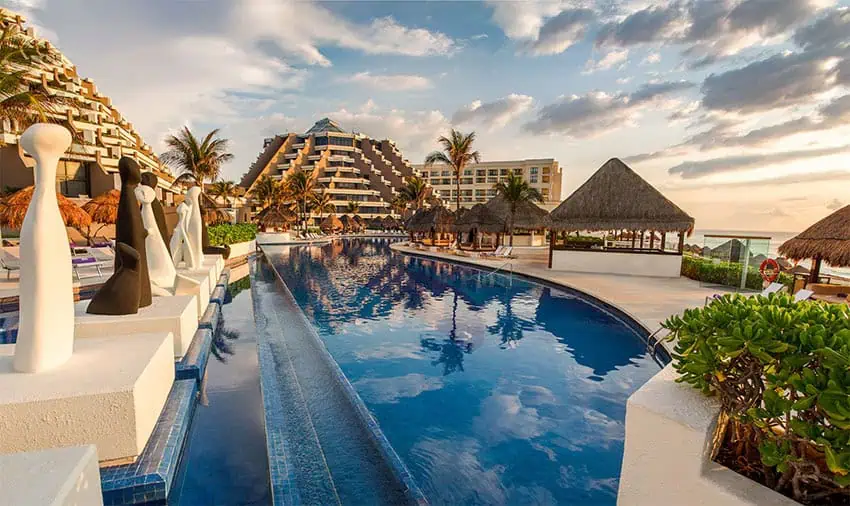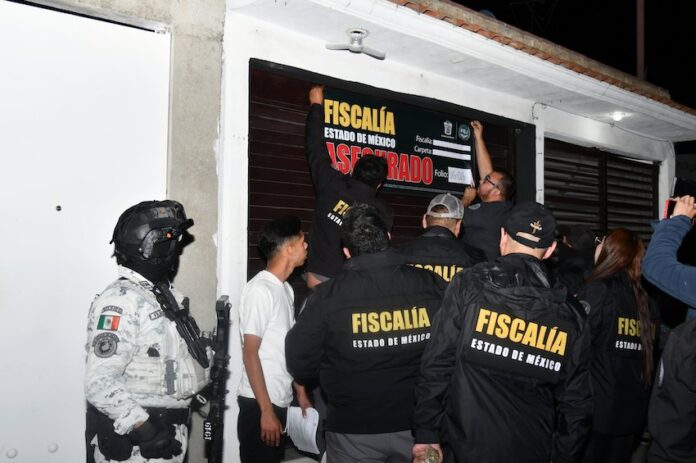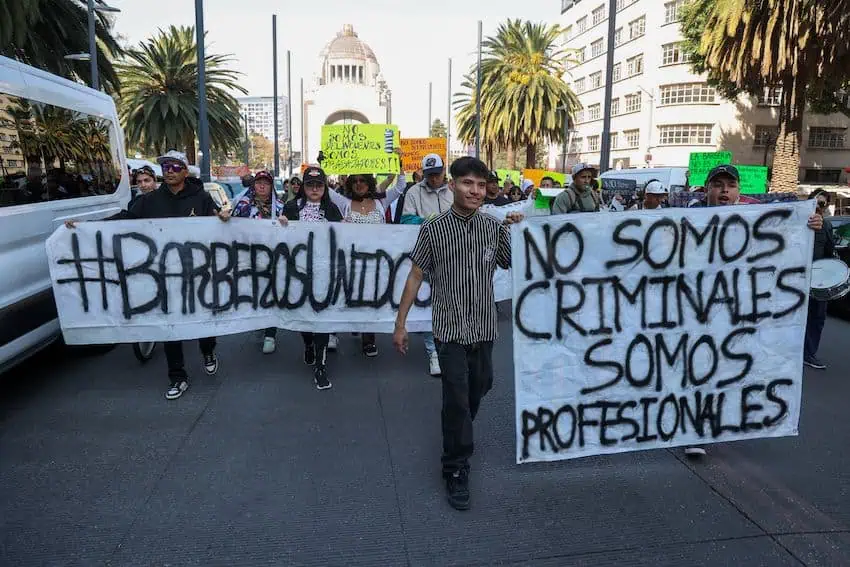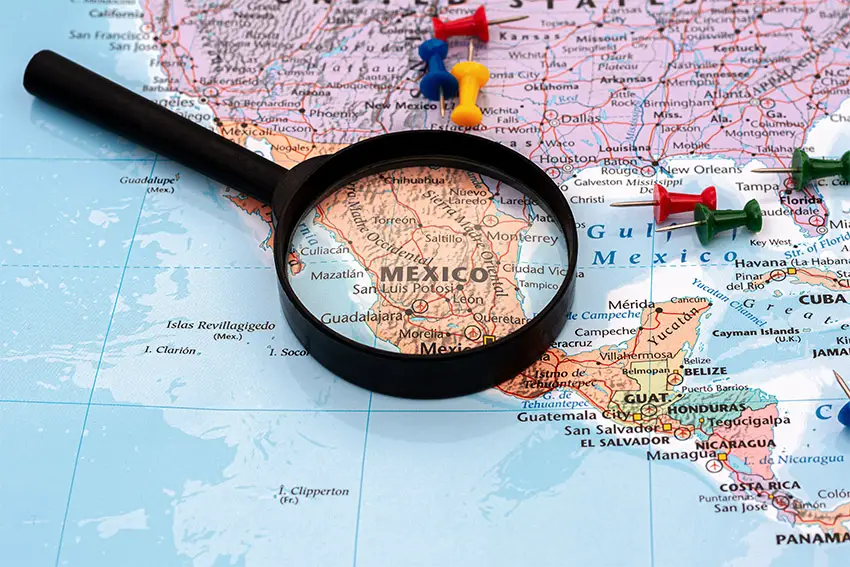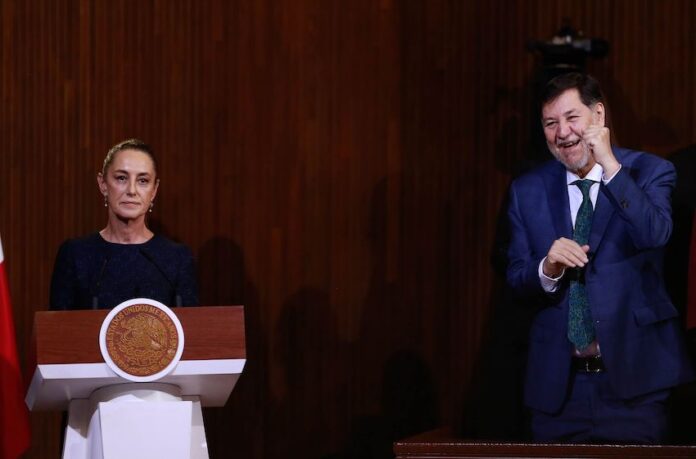United States President Donald Trump said Sunday that his administration would impose 25% tariffs on all steel and aluminum imports, including those from Mexico and Canada.
“Any steel coming into the United States is going to have a 25% tariff. Aluminum too,” he said.
At her Monday morning press conference, President Claudia Sheinbaum acknowledged Trump’s remarks, but said that her government was waiting for a formal announcement on the proposed tariffs from the U.S. government.
Trump signed an executive order to implement 25% tariffs on all steel and aluminum imports to the U.S. on Monday afternoon.
At her Monday mañanera, Sheinbaum also spoke about the United States’ responsibility in the joint fight against drugs, and stressed that her government wouldn’t “distance” itself from its predecessor.
Sheinbaum tight-lipped on how Mexico will respond to US tariffs on steel, aluminum
A reporter asked the president about Trump’s declaration on Sunday that the United States would impose 25% tariffs on all steel and aluminum imports.
“We’re going to wait for the announcement … and from there we’ll take our decisions,” Sheinbaum said.
She said she would keep a “cool head” as she waited for Trump’s formal tariff announcement.
Mexico is a major steel supplier to the United States, meaning that tariffs would be painful for Mexican manufacturers of the alloy.
Trump imposed tariffs on Mexican steel and aluminum in 2018 during his first term as president, prompting Mexico to implement a range of retaliatory measures including duties on U.S. pork, apples and bourbon. The tariffs were lifted in 2019.

Last Monday, Trump agreed to pause planned 25% tariffs on all Mexican exports to the United States after Sheinbaum committed to deploying 10,000 National Guard troops to the northern border to combat the flow of drugs and migrants to the U.S.
Sheinbaum: The US ‘has to do its part’ in the fight against drugs
“Drug trafficking has to do with demand,” Sheinbaum told reporters when asked a question about fentanyl production in Mexico.
“In other words, there is demand for … a drug and there are those who supply that drug,” she said.
“… Our objective is to reduce violence in the country and in that process also reduce the production and distribution of drugs. … The United States has to do its part in the United States: attend to the public health issue of the use of drugs and also deal with the distribution of drugs in their territory,” Sheinbaum said.
The president also wants action from the United States to stem the flow of firearms to Mexico.
As part of the deal she reached with Trump last Monday, Sheinbaum said that the United States had committed to “work to avoid the trafficking of high-powered weapons to Mexico.”
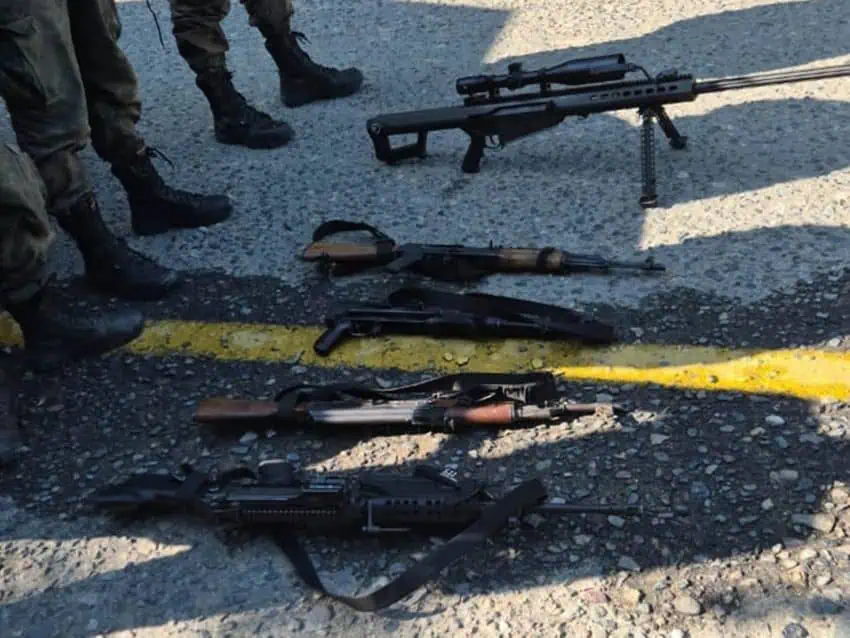
‘We won’t distance ourselves from’ the López Obrador administration, president says
Asked about former president Andrés Manuel López Obrador’s “hugs, not bullets” security strategy and whether her government was continuing it, Sheinbaum jumped to the defense of her political mentor.
“We’re always going to defend President López Obrador, no one should have the slightest doubt,” the president said.
“Why? Because he was, he is, … a great president. We’re always going to defend him, let no one be mistaken. We’re part of the same movement,” Sheinbaum said.
She said that opposition parties want her government to distance itself from its predecessor, but pledged it wouldn’t do so.
“We won’t distance ourselves,” Sheinbaum said.
She declined to say that her government is perpetuating the “hugs, not bullets” security approach, but noted that attention to the root causes of crime through welfare and social programs — the “hugs” part of López Obrador’s strategy — is one of the four pillars of the federal security strategy.
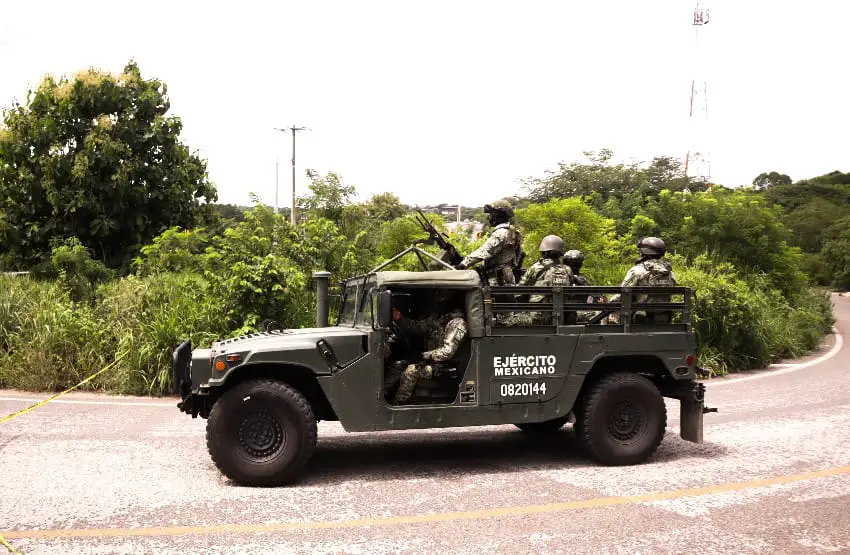
Probed as to whether the current strategy is “different” from that of AMLO, Sheinbaum responded:
“You want to get a declaration out of me that I’m not going to give you.”
There was speculation shortly after Sheinbaum took office that the current federal government had abandoned the “not bullets” component of AMLO’s security strategy given that federal security forces had used lethal force against civilian gunmen and others on a number of occasions.
The president said Monday that her government is providing “education, culture, sport, employment and rights” to young people and is not engaging in “wars, like those of Calderón.”
That was a reference to the militarized war on drug cartels that former president Felipe Calderón launched shortly after he took office in 2006.
Sheinbaum, like López Obrador, blames the Calderón administration for unleashing, with its war on cartels, the high levels of violence that continue to plague Mexico today.
By Mexico News Daily chief staff writer Peter Davies ([email protected])
